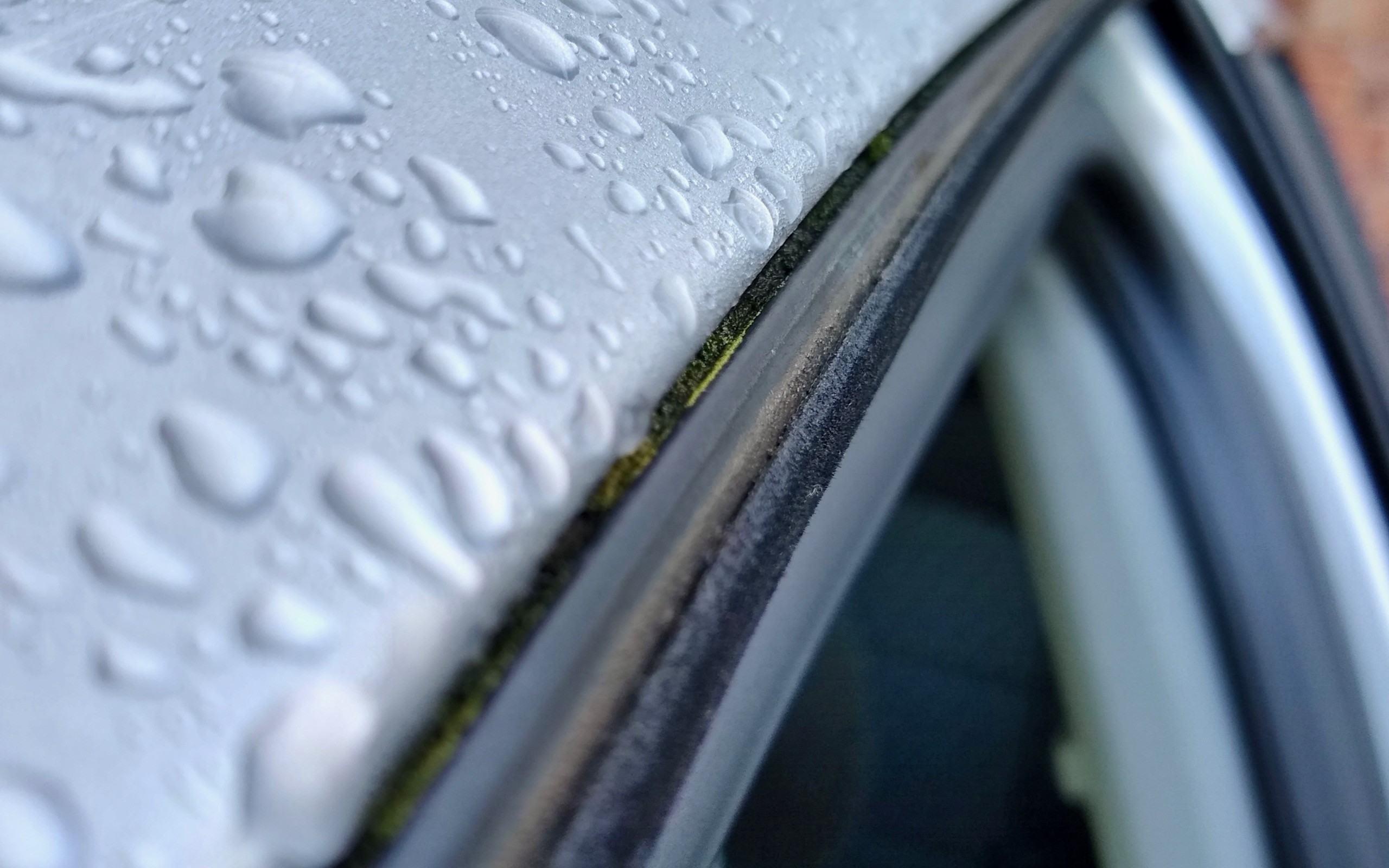Discovering moss and grime buildup on your car seals can be unsettling. Not only is it unsightly, but it can also compromise the effectiveness of your car’s weather stripping, potentially leading to leaks and further damage. Fortunately, cleaning moss from your car seals is a straightforward task you can easily tackle at home. This guide will walk you through the steps to effectively remove moss, dirt, and debris, ensuring your car seals are clean, functional, and prolonging their lifespan.
Why Clean Moss from Your Car Seals?
Before diving into the cleaning process, understanding why it’s important to remove moss from your car seals is crucial. Over time, car door seals, window seals, and other rubber seals around your vehicle can accumulate dirt, moss, and mildew. This buildup is especially common in damp climates or if your car is frequently parked outdoors, particularly in shaded areas.
Moss and dirt accumulation can lead to several problems:
- Reduced Seal Effectiveness: The primary function of car seals is to create a watertight and airtight barrier, protecting your car’s interior from the elements. Moss and debris can prevent the seals from making proper contact, leading to water leaks, drafts, and increased road noise.
- Seal Deterioration: Moss and mildew can degrade rubber over time, causing seals to crack, become brittle, and lose their elasticity. This premature wear and tear can necessitate costly replacements.
- Aesthetic Issues: Green moss and grime are simply not visually appealing. Clean seals contribute to the overall cleanliness and appearance of your vehicle.
- Moisture Retention: Moss traps moisture, which can exacerbate rust and corrosion issues, especially in older vehicles.
What You’ll Need to Clean Car Moss
Cleaning moss from your car seals is a simple DIY task that requires minimal tools and readily available cleaning supplies. Here’s what you’ll need:
- Soapy Water: Mix warm water with a mild dish soap. Dish soap is effective at cutting through grime and moss due to its stronger detergents.
- Two Rags or Microfiber Cloths: One for washing and one for drying. A textured rag can be particularly useful for scrubbing.
- Soft-Bristled Toothbrush: An old toothbrush is perfect for reaching into crevices and gently scrubbing away moss without damaging the rubber seals or paint.
- Water Source for Rinsing: A hose is ideal for rinsing, but a bucket of clean water and a rag will also work.
- Rubber Seal Conditioner (Optional): A rubber seal conditioner like Gummi Pflege or Autoglym Vinyl & Rubber Care will help to protect and maintain the seals after cleaning, preventing future moss growth and keeping the rubber supple.
Step-by-Step Guide to Cleaning Moss from Car Seals
Follow these steps to effectively clean moss and dirt from your car’s rubber seals:
1. Prepare Your Cleaning Solution
Mix warm water with a few drops of dish soap in a bucket or container. Ensure the soap is fully dissolved to create a sudsy solution.
2. Cleaning the Door Frame Seals
Begin with the easiest seals – those around the inside of your car door frames. These seals are typically less exposed and accumulate less grime than exterior seals.
- Wipe Down: Dip a rag into your soapy water solution, wring out excess water, and wipe down the door frame seals thoroughly.
- Inspect and Repeat: Check for any remaining dirt or moss. If necessary, repeat the wiping process until the seals are clean.
3. Tackling the Top Flap Seals
The seals at the top of the door frames, often featuring a flap to channel water, tend to trap more dirt and moss. These require a bit more attention.
- Reach Inside the Flap: Soak a textured rag in soapy water and wrap it around your finger.
- Clean Along the Flap: Gently insert your finger, wrapped in the rag, into the flap of the seal. Work your way along the entire length of the seal, applying light pressure to dislodge and remove dirt and moss. You may need to repeat this process several times with a clean section of the rag to achieve thorough cleaning.
4. Cleaning Seals Where They Meet the Car Body
Moss often grows where the seals make contact with the car’s painted body panels. Use a soft-bristled toothbrush for this area.
- Apply Soapy Water: Dip the toothbrush in your soapy water.
- Gentle Scrubbing: Position the toothbrush bristles between the seal and the car body. Gently brush back and forth to loosen and remove moss and dirt. Work along the entire length of the seal, repeating as necessary. The soft bristles are designed to clean effectively without scratching your car’s paint.
5. Cleaning Window Seals
Don’t forget the seals around your car windows. These also accumulate moss and grime.
- Toothbrush Cleaning: Use the soapy toothbrush to clean moss from the exterior window seals, particularly where the seal meets the window glass.
- Cleaning Under Window Seals: For seals that wrap around the edge of the window opening, gently use a fingernail to lift the edge of the seal to insert the toothbrush bristles underneath. Scrub to remove trapped dirt and moss.
6. Cleaning Other Car Seals
Extend the cleaning process to other areas prone to moss and dirt buildup, such as:
- Hatch Seals: The rubber seals around your car’s hatchback or trunk.
- Windscreen Seals: Seals around the windshield.
- Roof Channels: The channels running along the length of your car’s roof.
- Headlights and Taillights: Seals around headlight and taillight housings.
Use the toothbrush and soapy water to clean these areas, paying attention to crevices and corners where moss tends to accumulate.
7. Rinse Thoroughly
Once you’ve scrubbed all the seals, it’s time to rinse away the soapy residue and dislodged moss and dirt.
- Hose Rinse: If using a hose, gently rinse all cleaned seals. Avoid high pressure, which could force water past the seals into the car interior.
- Rag and Water Rinse: Alternatively, use a clean rag soaked in fresh water to wipe down the seals, rinsing away soap and debris. You may need to repeat wiping with a rinsed rag several times to remove all soap residue.
8. Apply Rubber Seal Conditioner (Optional but Recommended)
To protect and maintain your clean car seals, consider applying a rubber seal conditioner.
- Apply Conditioner: Spray a rubber seal conditioner liberally onto a clean rag.
- Wipe Seals: Wipe down all the cleaned rubber seals with the conditioner. This helps to moisturize the rubber, keeping it supple and preventing cracking and drying. It also creates a protective barrier that can help repel water and slow down future moss growth.
- Allow to Dry: Leave the car doors open for about an hour to allow the conditioner to penetrate and dry thoroughly.
Enjoy Your Clean, Moss-Free Car Seals
Cleaning moss from your car seals is a simple yet effective maintenance task that enhances your car’s appearance and protects its integrity. Regular cleaning, ideally a few times a year, will prevent significant moss buildup, keep your seals in good condition, and contribute to a more comfortable and leak-free driving experience.
[


